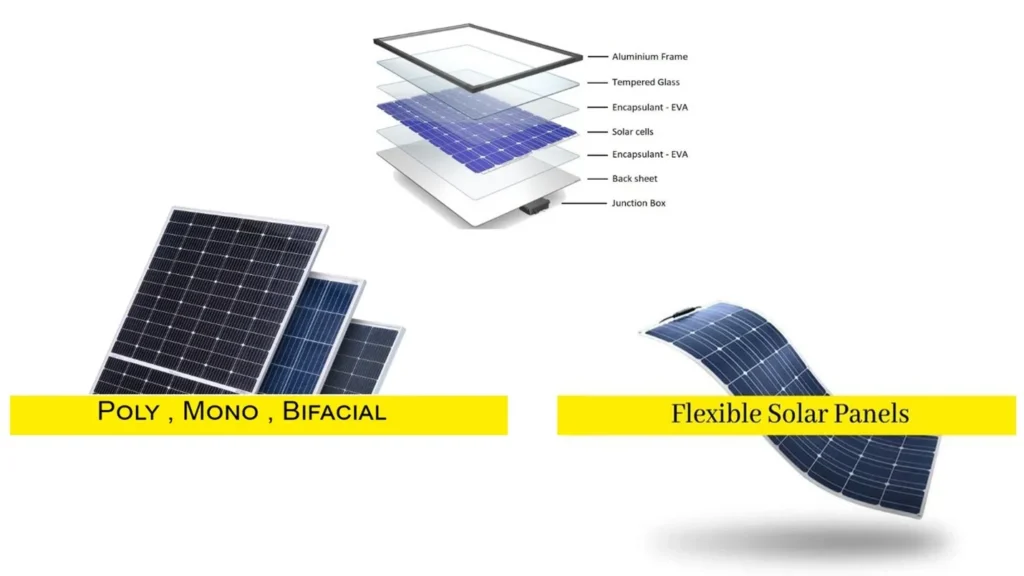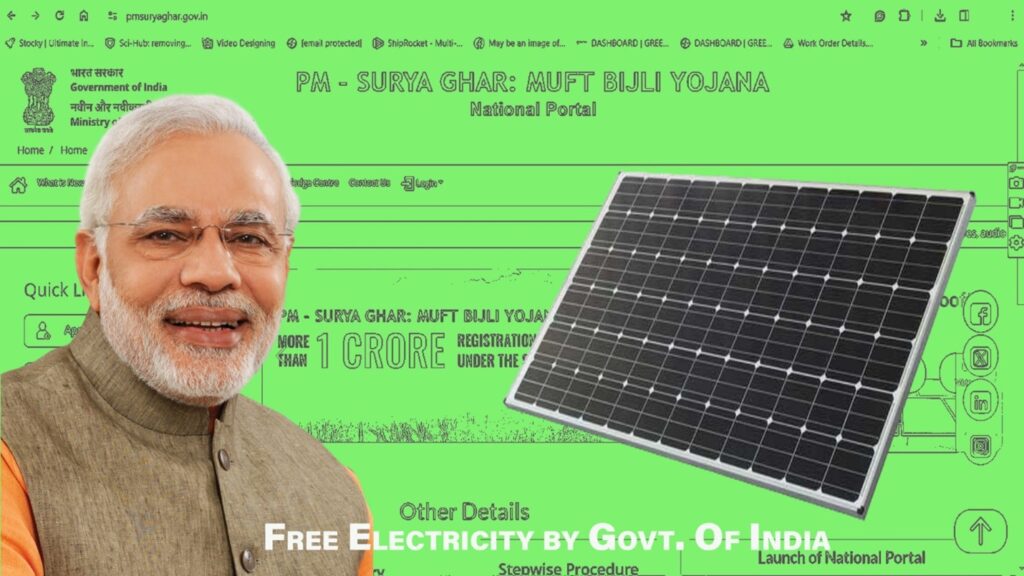The sun is an incredible and renewable resource that has the power to fuel life on earth and provide clean, sustainable energy to all of its inhabitants. As the world grapples with the challenges of climate change and the urgent need for sustainable energy resource, solar power is a valuable resource for both our present and future.
Solar Rooftop
The sun’s energy, in the form of solar radiation, can be used for the production of electricity. Solar panels placed on the rooftops of commercial, institutional or residential buildings are termed as solar rooftops. These panels capture solar energy and convert it into electrical energy, which can be used immediately or be stored for future use.
Why is solar energy important ?
As the world confronts the urgent challenges of climate change and the transition to sustainable energy sources, the importance of solar energy has never been clearer. Here are some key reasons why solar power is essential for our future:
– Up to 80% savings on electricity bills
– Minimal maintenance requirements
– Long-term solution lasting over 25 years
– Decreased carbon footprint and Greenhouse Gas Emissions
– Avail a 40% subsidy on solar installations for residential consumers
– Enhanced property value
– Contribution towards India’s commitment to achieving net-zero emissions
– Relying on solar energy reduces dependence on foreign oil and imported fossil fuels, fostering energy independence for nations.
The solar potential of Odisha
Odisha receives 280-300 days of sunshine, with an average irradiation level of 4.5–5.0 KWh/m2/day. Moreover, as per the MNRE, the state has a solar potential of over 25 GW. But, a new study by the International Forum for Environment, Sustainability, and Technology (iFOREST) reveals something interesting.
According to the report, the state’s actual potential is close to 170 GW! That is, counting the areas with low ecological significance, such as mining wasteland, industrial wasteland, lands with open scrub and dense scrub, rocky/stony land, etc. Researchers state that such locations can be great for setting up solar plants and generating clean power.
Moreover, Odisha has over 204 reservoirs. Out of these, 125 are ideal for floating solar projects. By utilizing these sites, the state can add up to 6.7 GW of solar capacity.
Odisha’s current solar capacity is close to 460 MW. But the state government is striving to boost these numbers. In June 2023, Grid Corporation of Odisha (GRIDCO) signed an MoU with NHPC to develop at least 1 GW of solar energy projects in the state.
In conclusion, solar energy offers a multitude of benefits, ranging from environmental sustainability to economic prosperity and energy security. By embracing solar power, we can pave the way towards a brighter, cleaner future for all. Let us seize this opportunity to harness the boundless energy of the sun and create a world powered by renewable resources.




